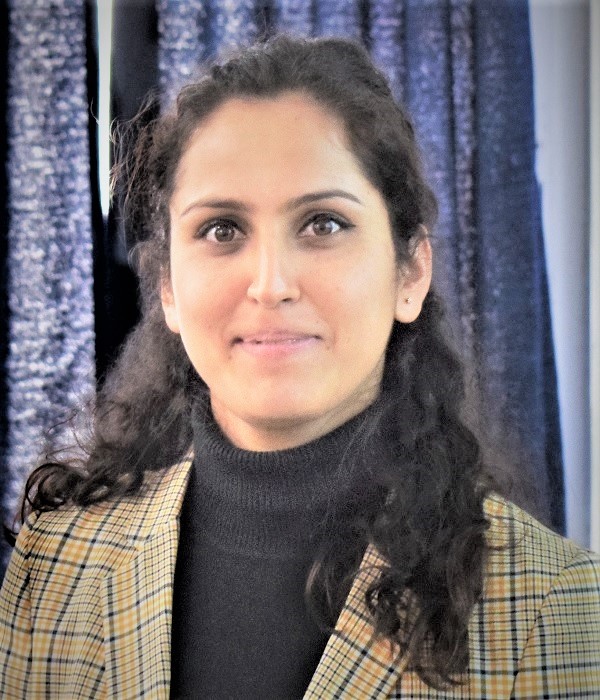Smriti Sharma
@i4siitmandi.com
Research Scholar
Indian Institute of Technology Mandi
EDUCATION
Indian Institute of Technology Mandi
RESEARCH INTERESTS
Structural Health Monitoring(SHM), Artificial Intelligence, Machine Learning, Deep Learning, FE updating, Environmental effects, Damage detection and localization
Scopus Publications
Scholar Citations
Scholar h-index
Scholar i10-index
Scopus Publications
Smriti Sharma and Vincenzo Nava
Elsevier BV
Smriti Sharma and Subhamoy Sen
Springer Science and Business Media LLC
Smriti Sharma, Sunil Kumar Dangi, Shivam Kumar Bairwa, and Subhamoy Sen
Informa UK Limited
ABSTRACT Bridge health monitoring has been attempted to ensure the safety of the bridges in their operations, employing various measurement options like acceleration, strain, displacement, etc. The relative efficacy of these measurements as a damage-sensitive response has remained a topic of research. While acceleration has traditionally been used in abundance, dynamic strain, being relatively cheaper to record, also holds the potential to replace acceleration. This study undertakes a comparative investigation weighing the relative benefits of both the measurement options for prompt and reliable damage detection in both the time and frequency domain. The comparison is drawn in the light of damage sensitivity, intensity and consistency of the damage signature of the adopted measurement type while keeping the damage and loading specifications unaltered. A multi-span concrete box girder has been replicated with a high-fidelity numerical model as a proxy for the real structure followed by an experimental validation on a propped cantilever beam. Acceleration and strain responses are measured and analyzed for different damage conditions. A rigorous sensitivity analysis is undertaken to compare explicitly the performance of both the measurement options. The results demonstrated superior performance with the strain response in time and frequency domains from consistency and intensity perspectives.
Smriti Sharma and Subhamoy Sen
Abstract The dynamic properties of bridges can be affected not only through damage but also from ambient uncertainty. False-positive or negative alarms may be raised if environmental effects are no...
Smriti Sharma and Subhamoy Sen
Smriti Sharma and Subhamoy Sen
Springer Science and Business Media LLC
Structural health monitoring research traditionally focuses on detecting damage in members excluding the possibility of weakened joint conditions. Efficient model-based joint damage detection algorithms demand computationally expensive model that may affect the promptness of detection. Deep learning techniques have recently come up as efficient alternative to this cause. These techniques help in predicting occurrence and location of damage in structures based on some automatically identified features embedded in the measured structural response. This article proposes an output-only approach for joint damage detection in which a 1D-convolutional neural network (CNN) has been introduced to locate weakened joints in semi-rigid frames. CNN architecture merges feature extraction and classification simultaneously within a single learning block to automatically extract abstract features from typically 2D/3D signals. Proposed approach further modifies the usual CNN architecture to enable it to handle 1D response signals. Numerical validation is performed on a 2D-steel frame under different damage locations and severities followed by experimental validation on a steel frame structure. The method is observed to be very precise and prompt in detecting single as well as multiple damage scenarios. False alarm sensitivity of the proposed algorithm is also tested and found to be well within acceptable limits.

